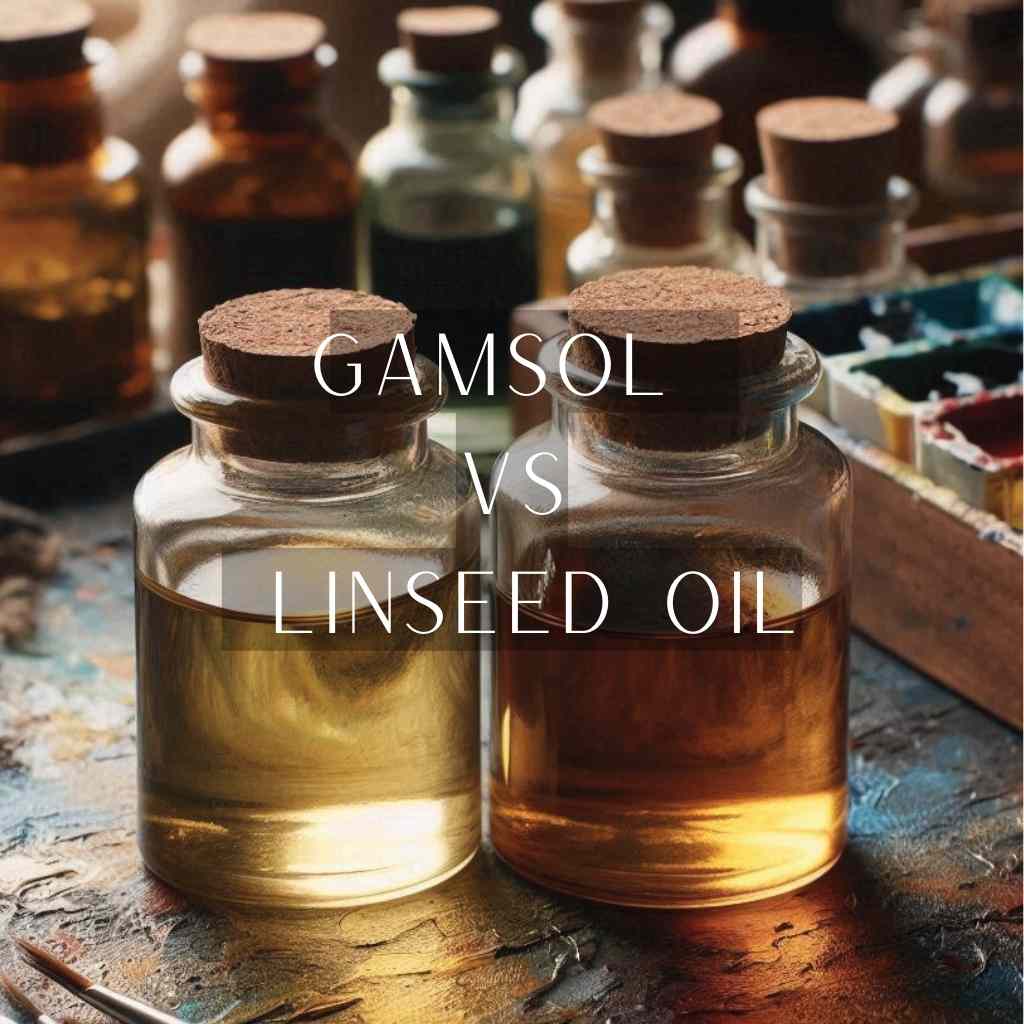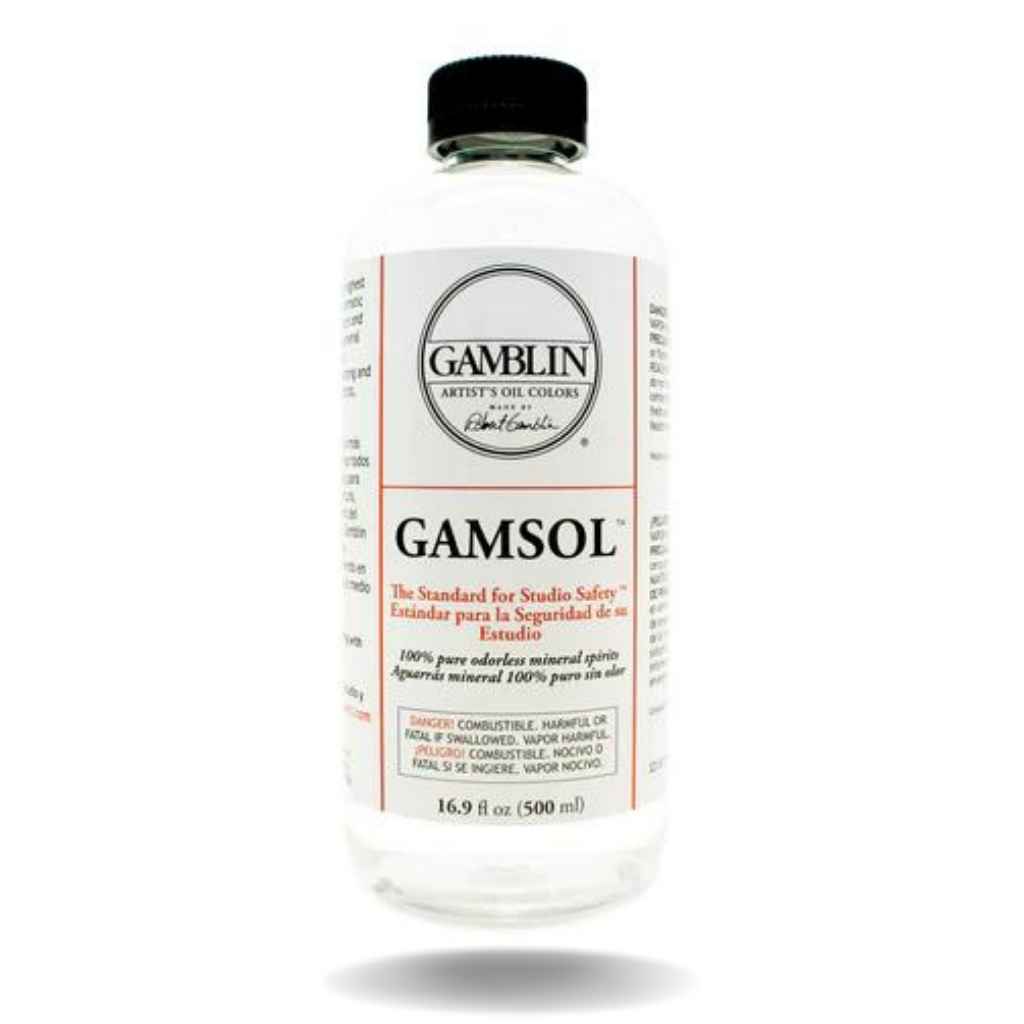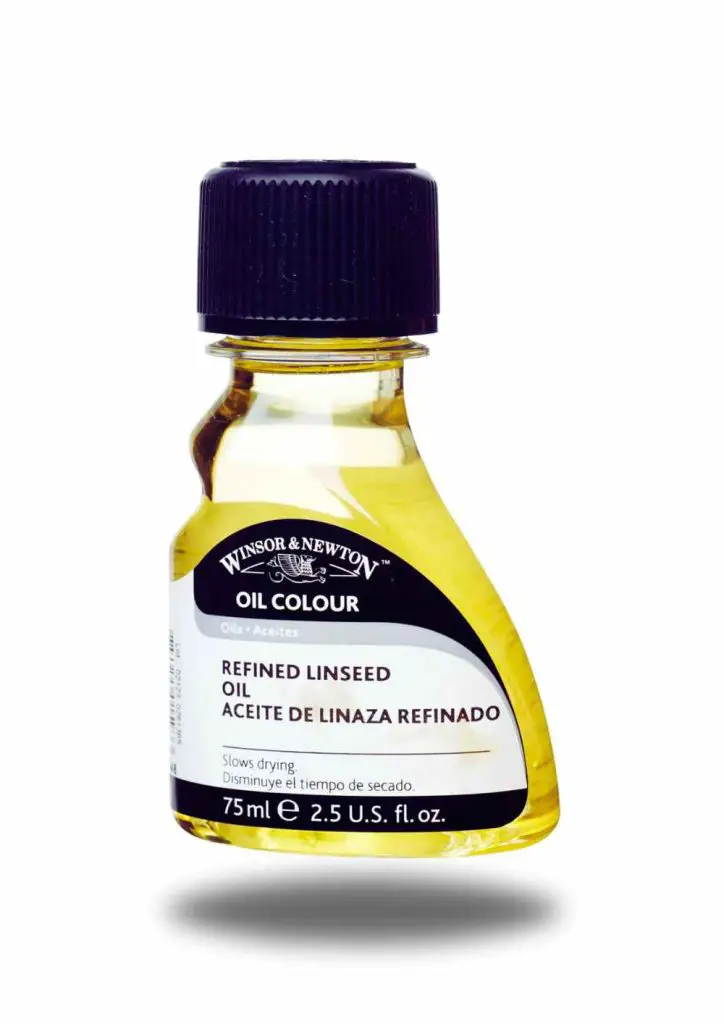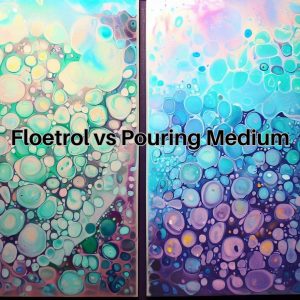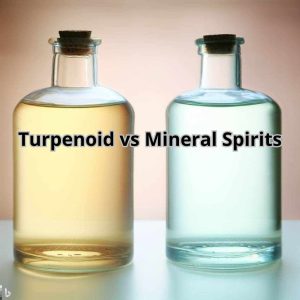Struggling to achieve the perfect consistency in your oil paintings? The gamsol vs linseed oil debate might be key to unlocking your artistic potential.
Many artists grapple with choosing between these two crucial mediums. Should you opt for the fast-drying, odorless solvent or the time-honored, glossy oil?
The decision can significantly impact your creative process and the final result of your artwork.
Each medium offers distinct advantages and knowing which to use can transform your artistic journey.
Ready to discover the secrets behind gamsol vs linseed oil and elevate your craft? Dive in to find the solution tailored to your unique style.
What is Gamsol?
Gamsol is a type of odorless mineral spirit developed by Gamblin, a company renowned for its artist-grade oil painting materials.
Unlike traditional turpentine, Gamsol is less toxic and emits minimal fumes, making it a safer option for artists who spend long hours in their studios.
Gamsol is known for its low odor and toxicity, making it a preferable choice for indoor use. Gamsol was developed as a response to the health concerns associated with traditional solvents.
Gamblin aimed to create a safer alternative without compromising the quality of the painting process. Over the years, Gamsol has become a staple in many artists’ studios due to its balance of performance and safety.
What is Linseed Oil?
Linseed Oil is derived from the seeds of the flax plant. It is a traditional oil painting medium that artists have used for centuries.
Linseed Oil enhances the flow and gloss of oil paints, making it a favorite for those who seek a rich, lustrous finish.
Linseed Oil has a storied history in the art world, dating back to the Renaissance. Masters like Rembrandt and Van Gogh relied on it to achieve their signature styles.
The oil’s ability to create smooth, glossy surfaces made it an essential medium in classical and modern oil painting.
Gamsol vs Linseed Oil: Comparison
The choice between Gamsol and Linseed Oil hinges on your artistic goals and working style.
Whether you prioritize quick drying times and precise layering or rich textures and extended blending, understanding the distinct properties of each medium will guide you in making the best choice for your artwork-
Solvent vs. Medium
Gamsol is a solvent, meaning its primary function is to dissolve or thin oil paints, making it easier to manipulate the viscosity of the paint and clean brushes effectively. It does not alter the inherent properties of the paint significantly.
Linseed Oil, on the other hand, is a medium that mixes with the paint to modify its characteristics, such as enhancing the paint’s flow, increasing its gloss, and extending its drying time.
This distinction is key: use Gamsol when you need to manage the paint’s consistency without changing its nature and use Linseed Oil when you want to enrich the paint’s texture and finish.
Drying Times
Gamsol speeds up drying times, making it ideal for artists who prefer to work in layers or need their work to dry quickly for further manipulation.
It’s particularly useful in the initial stages of painting, where faster drying is beneficial for building up layers without long waiting periods.
In contrast, Linseed Oil slows the drying process, allowing for more extended blending and wet-on-wet techniques.
This is advantageous for artists who like to work over extended sessions, making subtle transitions and fine-tuning their work. The slower drying time also contributes to a more polished, glossy finish, which can be desirable for certain effects and techniques.
Impact on Paint Consistency and Finish
Gamsol has a thinning effect on oil paints, making them easier to spread in thin, even layers. This property is beneficial for creating detailed, precise work or underpainting, where a smooth, flat application is needed.
It helps maintain the integrity of the paint’s original color and consistency, ensuring that the hue remains true and unaltered.
Linseed Oil, however, imparts a richer, more viscous quality to the paint, enhancing its body and making it more workable for blending and glazing.
This can give the paint a luscious, smooth texture that is ideal for creating depth and luminosity in your work. The oil’s natural glossiness also contributes to a vibrant, polished finish, adding to the visual appeal of the painting.
How Each Affects Paint Colors
Gamsol, being a neutral solvent, does not alter the color of the paint. It preserves the original hue, making it a reliable choice when color fidelity is paramount.
Linseed Oil, however, can introduce a slight yellowing over time, which can subtly warm up the colors in your painting.
While this yellowing can add a pleasing warmth to the artwork, it’s essential to consider this characteristic when planning your color palette.
The yellowing effect is gradual and may not be noticeable immediately, but over the years, it can become more pronounced, adding a unique patina to the painting.
Mixing and Compatibility with Other Mediums
Both Gamsol and Linseed Oil offer versatility when it comes to mixing with other mediums, but their compatibility and effects differ.
Gamsol can be mixed with other solvents and mediums to adjust the drying time and consistency of the paint. It works well with alkyds and resins, providing flexibility in achieving various textural effects and finishes.
Linseed Oil is compatible with other oil-based mediums and varnishes, allowing artists to create custom mixtures that suit specific techniques and desired effects.
It blends seamlessly with other oils like walnut or poppy seed oil, each adding different drying times and finishes to the paint. This compatibility makes Linseed Oil a staple in traditional oil painting techniques, offering a broad range of creative possibilities.
Final Thoughts
Are you still unsure which medium will best elevate your artwork? Selecting between Gamsol and Linseed Oil depends on your artistic needs and preferences.
Consider the drying times, impact on paint consistency, and safety aspects when making your decision. Experimenting with both can help you understand which medium suits your style best.
Embrace the qualities of each to enhance your creative expression. Don’t be afraid to experiment with both Gamsol and Linseed Oil. Each medium can open new possibilities in your painting practice.
As you weigh the options between Gamsol and Linseed Oil for your painting projects, don’t forget to explore non-toxic solvents that offer similar results without the health risks.

